Abductor digiti minimi muscle of Hand
What is the Abductor digiti minimi muscle?
The hand’s abductor digiti minimi is a short intrinsic muscle. Because it affects the fifth finger, it is part of a group of muscles called the hypothenar muscles. The opponens digiti minimi and flexor digiti minimi brevis are two additional hypothenar muscles.
The abduction of the fifth finger and the flexion of its proximal phalanx are the abductor digiti minimi’s primary functions. On the medial side of the palm, this muscle, along with other hypothenar muscles, forms the hypothenar eminence.
Origin
Pisohamate ligament, flexor carpi ulnaris pisiform and tendon
Insertion
The ulnar side of a little finger at the base of the proximal phalanx
Relations
The most medial of the hypothenar muscles are the abductor digiti minimi, which are located superficial to the opponens digiti minimi muscle and along the ulnar border of the flexor digiti minimi brevis.
The hypothenar eminence is made up of these three muscles.
Innervation
Similar to other hypothenar muscles, the abductor digiti minimi receives nerve supply from the deep branch of the ulnar nerve, whose root values come from C8 and T1.
Blood supply
The palmar digital artery, a palmar branch of the ulnar artery, and branches of the ulnar side of the superficial palmar branch supply arterial blood to the abductor digiti minimi. The venous blood from the muscle is drained through the venous organizations of the palm into the profound veins of the arm.
Function
The abductor digiti minimi’s primary function is to move the fifth finger away from the fourth finger by abducting and flexing it at the metacarpophalangeal joint. This muscle also helps the 5th finger flex at the interphalangeal joint because it attaches to its extensor expansion. Because it is necessary for grasping large objects with outspread fingers, like a basketball, the abductor digiti minimi are important.
Clinical relevance
Ulnar nerve compression at the wrist may lead to atrophy of abductor digiti minimi, while overuse of muscle may cause muscle pain.
Atrophy of the abductor digiti minimi muscle
Atrophy of the abductor digiti minimi muscle refers to the wasting away or shrinking of the muscle, which can occur due to disuse, injury, or nerve damage. Treatment options for atrophy of the abductor digiti minimi muscle depend on the underlying cause and may include:
- Physical therapy: A physical therapist can design exercises to help strengthen the muscle and improve function.
- Nerve stimulation: Electrical stimulation of the nerve that controls the abductor digiti minimi muscle may help improve muscle function.
- Medication: Medications such as corticosteroids or immunosuppressants may be used to treat underlying conditions that cause muscle atrophy.
- Surgery: In some cases, surgery may be necessary to repair damaged nerves or muscles.
- Occupational therapy: An occupational therapist can provide assistive devices and techniques to help compensate for muscle weakness and improve daily functioning.
It is important to consult with a healthcare professional to determine the underlying cause of the muscle atrophy and develop an appropriate treatment plan.
Abductor digiti minimi pain treatment
Abductor digiti minimi pain is typically caused by overuse or strain of the muscle that abducts (moves away) the little toe from the other toes. Treatment options for abductor digiti minimi pain include:
- Rest: Give the affected area a break and avoid activities that cause pain.
- Ice: Applying ice packs to the affected area for 15-20 minutes several times a day can help reduce pain and inflammation.
- Pain Relief Medication: Over-the-counter pain relievers such as acetaminophen or ibuprofen can help reduce pain and swelling.
- Physical Therapy: A physical therapist can design exercises to help strengthen the muscles and reduce pain.
- Massage Therapy: Massage therapy can help improve blood flow to the affected area and promote healing.
- Injections: In severe cases, a doctor may recommend corticosteroid injections to reduce inflammation and pain.
- Surgery: Surgery is rarely needed for abductor digiti minimi pain, but it may be an option if other treatments are not effective.
Two fascicles passing on an ulnar nerve in the abductor digiti minimi may occasionally result in entrapment.
Assessment
With the patient’s wrist in neutral and forearm in supination, instruct the patient to spread their fingers. Hold them tightly and prevent them from opening.
Abductor digiti minimi muscle strengthening exercise
Isometric Exercise
In a chair, sit up straight.
With your fingers flat and your palm facing down, place your affected arm on a table.
Place your pointer from your unaffected hand outwardly of your little finger.
Try to move your little finger away from your other fingers while resisting the movement with your opposite hand.
Throughout the exercise, keep your palm and forearm flat on the table.
Try to move your little finger away from your other fingers while resisting the movement with your opposite hand.
Throughout the exercise, keep your palm and forearm flat on the table.
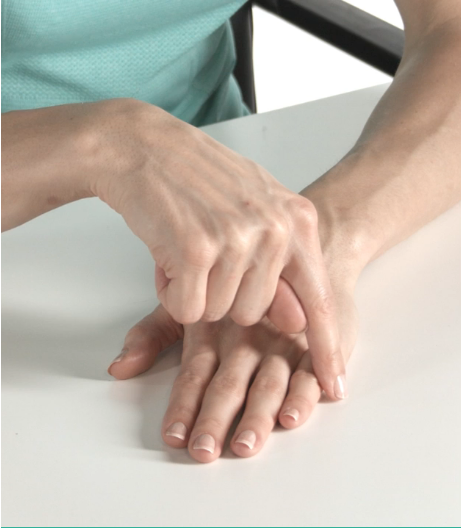
Finger abduction
This exercise is intended to prepare the regular scope of movement of the abductor digiti minimi by constraining it to kidnap against obstruction, for this situation, a little opposition band or versatile band.
Take a look at the picture for a good understanding. First, select an elastic band that is the right size to accommodate your four fingers.
Once the elastic band is in place, abduct the little finger away from your other fingers while remaining as still as possible with your index, middle, and ring fingers (some movement is inevitable).
Do not apply too much resistance so that the movement becomes strained or jerky; instead, keep it smooth and controlled.
Perform three to four sets of 10 to 20 repetitions on each hand.
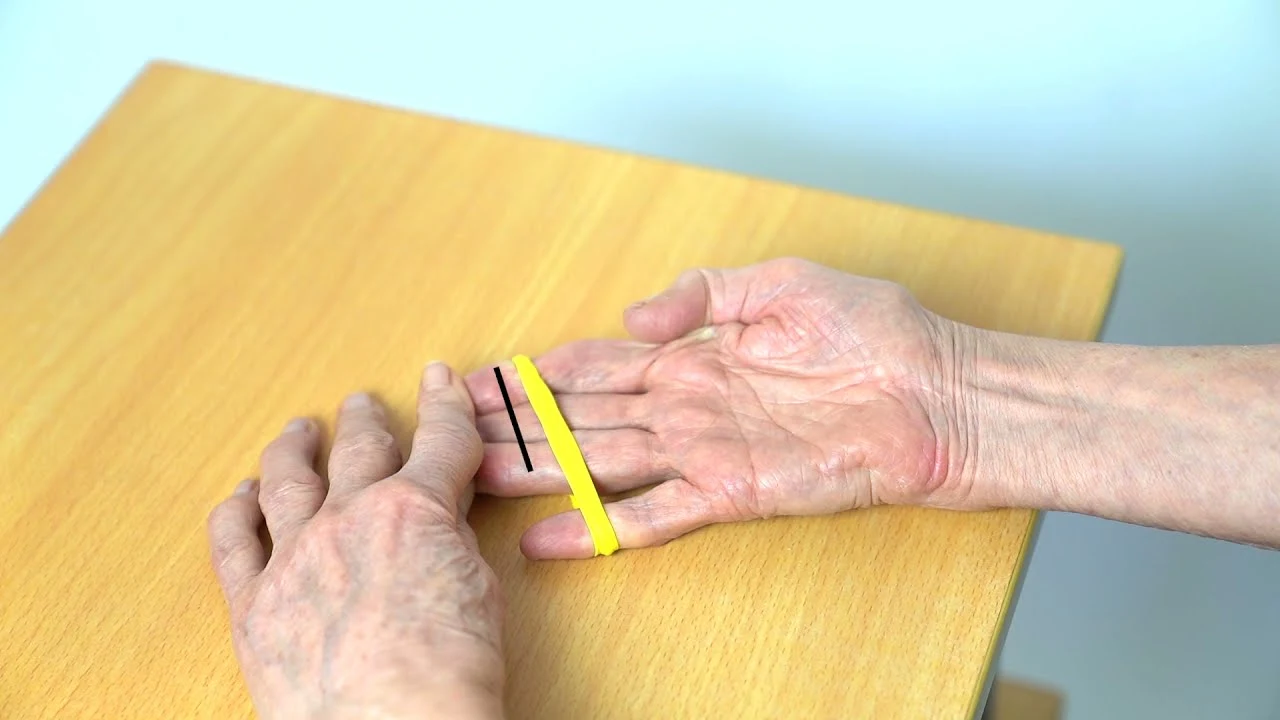
Abductor Digiti Minimi with Band
To strengthen your abductor digiti minimi, cut a small strip from an exercise band. Tie the end of the band around your little finger while holding your hand in front of you. Hold the band’s opposite end. Attempt to move your little finger away from your different fingers to make pressure on the band. Return to where you started. Do not apply too much resistance so that the movement becomes strained or jerky; instead, keep it smooth and controlled.
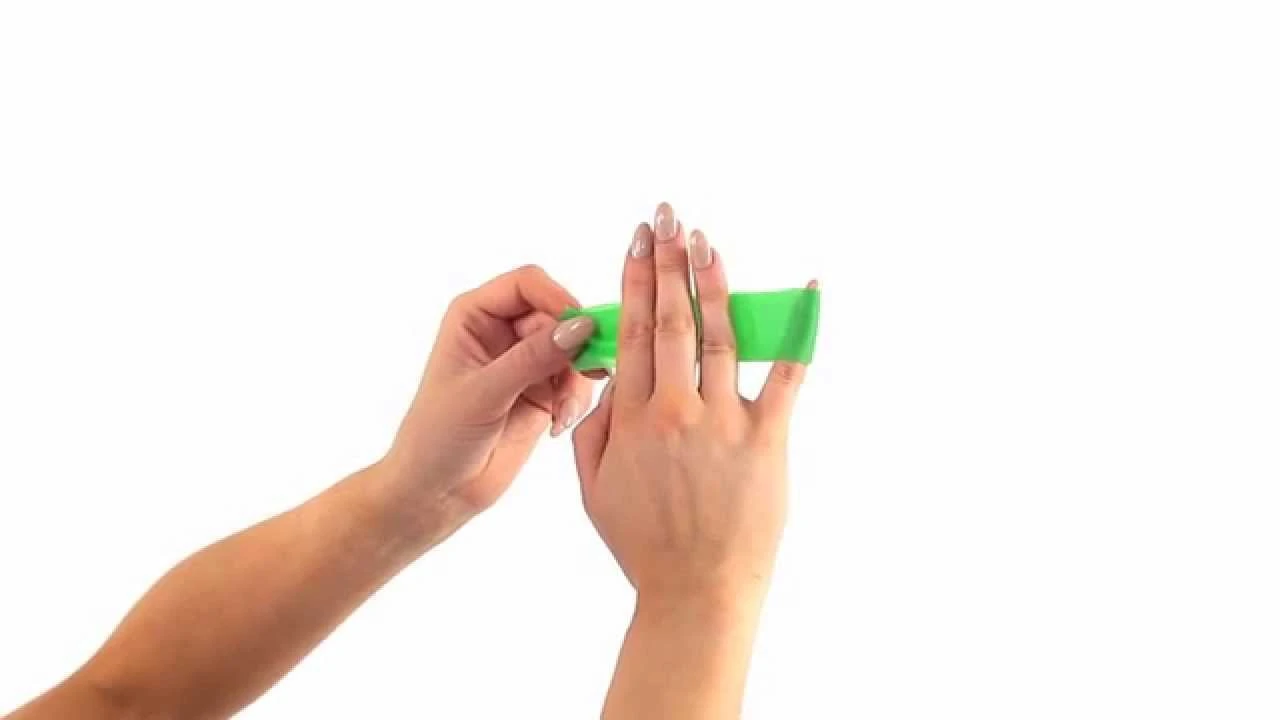
FAQ
Why is it hurting in my abductor digiti minimi hand?
Abuse of the little finger muscles (abductor, flexor, and opponens digiti minimi) can cause torment in the beefy cushion of the hand on the little finger side (hypothenar greatness).
What is causing the hand’s abductor digiti minimi to hurt?
Opponens digiti minimi are leaned to wounds achieved by repetitive activities like creating on a PC or playing the piano. Pain in the meaty pillow of the hand close to the little finger is a common sign of strain in this muscle.
Where is the abductor digiti minimi situated in the hand?
In human life structures, the abductor digiti minimi (abductor minimi digiti, abductor digiti quinti, ADM) is a skeletal muscle arranged on the ulnar boundary of the palm.
What does abductor digiti minimi oppose?
Antagonist: Opponens pollicis, Adductor pollicis, abductor pollicis brevis, and flexor pollicis brevis Supply of Nerves: Nerve ulnar (C8, T1). Nerve Ensnarement: Along the affected finger’s side, it entraps the digital nerves that cause cutaneous hypoesthesia.
What is the main hand abductor?
The abductor pollicis brevis is the most sidelong and the most shallow of the thenar muscles, situated under the skin. Through the flexor retinaculum, it connects the thumb’s proximal phalanx to the scaphoid and trapezium carpal bones.

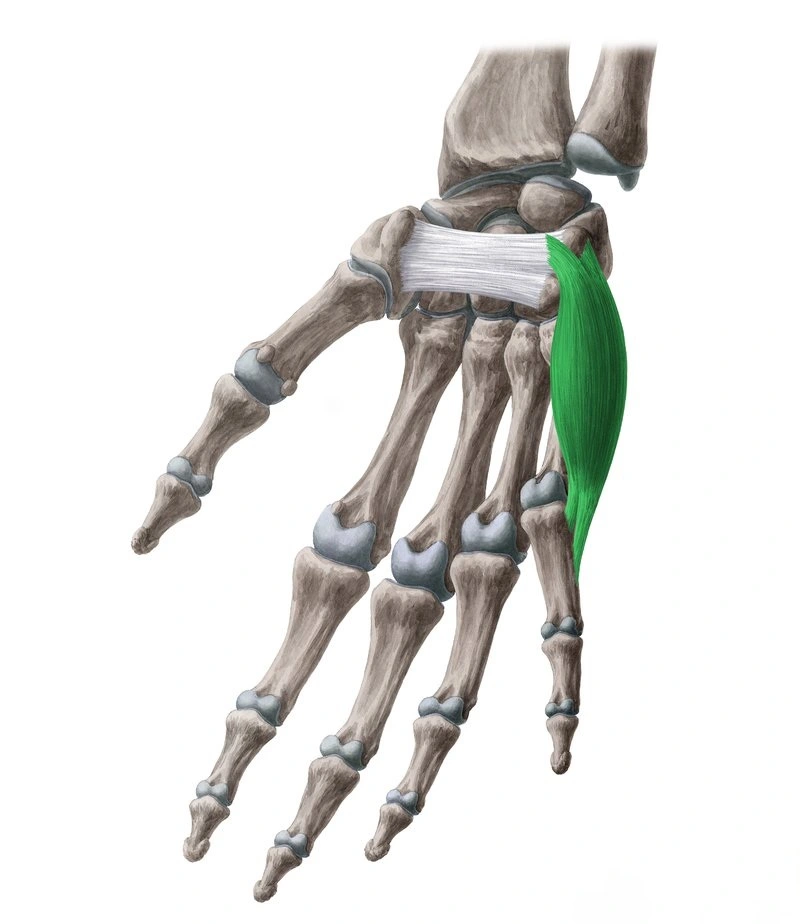
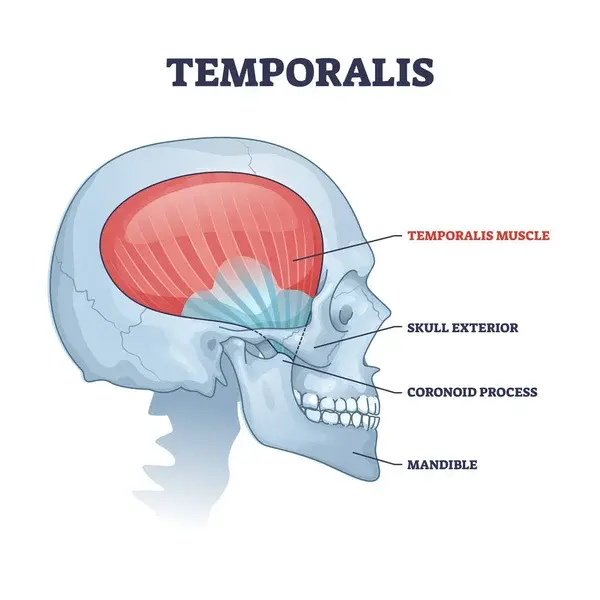
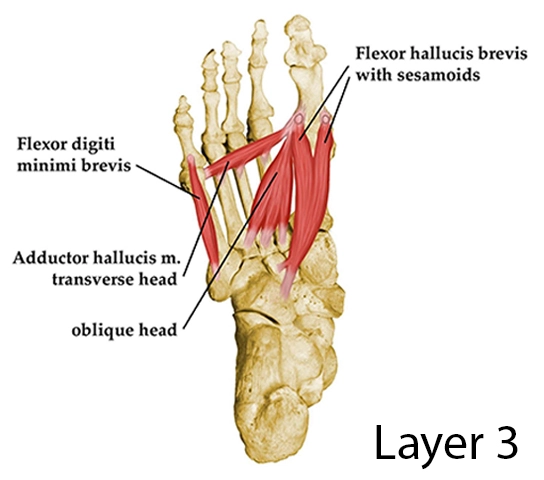
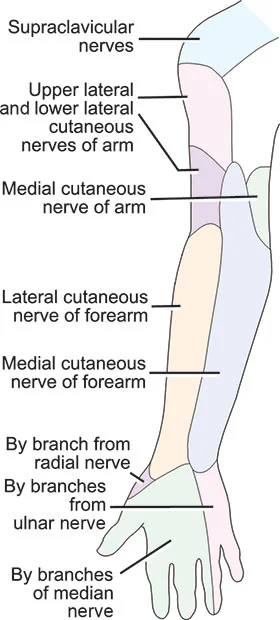
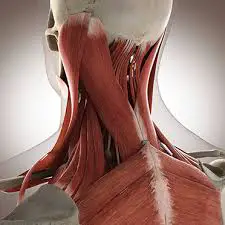
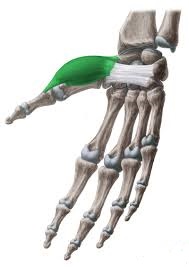

One Comment